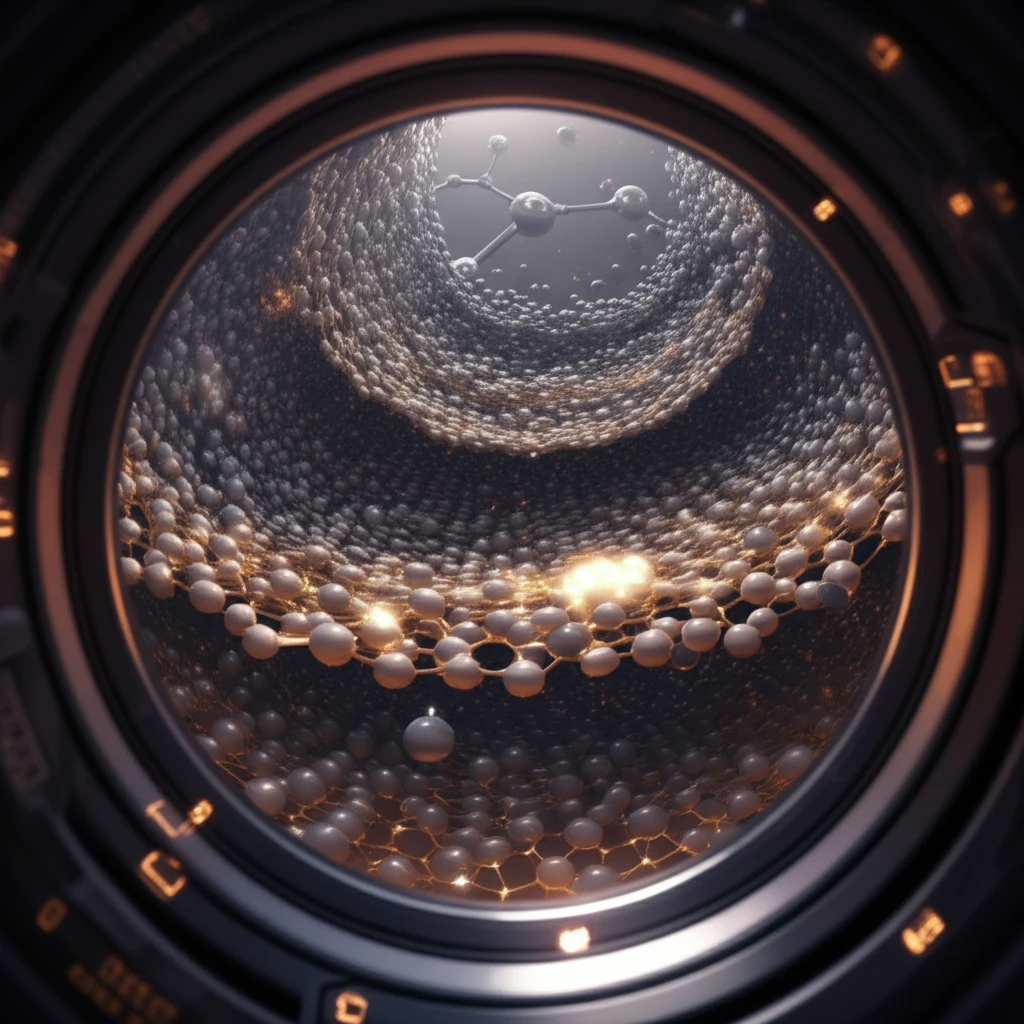
The Future is Fluid: How 'Lab-on-a-Biomembrane' Tech is Revolutionizing Scientific Research
"Imagine manipulating molecules in a lab the size of a cell. New tech is making it possible, promising big changes for medicine and more."
Cell membranes are vital structures in all living things, handling everything from structural support to complex molecular interactions. Scientists have long sought to replicate these membranes in the lab to better understand their properties and functions. Recreating these structures allows mimicking and studying the properties of biomembranes and their constituents.
While creating artificial membranes isn't new, the available methods have often been complex and limited. A new approach promises a more versatile and simpler way to create and manipulate these structures. This innovation is set to unlock exciting possibilities for research and technology.
This breakthrough involves a 'lab-on-a-biomembrane,' a system for building two-dimensional fluidic devices made from phospholipid films. On this molecularly thin membrane, scientists can perform various operations like writing, erasing, modifying, and transporting molecules to specific areas. This technology is expected to significantly advance research on molecular membranes and their technological applications.
Unlocking the Potential: How Does the 'Lab-on-a-Biomembrane' Work?

The new technique uses supported molecular phospholipid films, which act as versatile models for studying the plasma membrane at a reduced complexity. These films can be configured as double bilayers, single bilayers, or even monolayers on solid supports, enhancing their stability and accessibility for different experiments.
- Writing: Creating 2D networks by dispensing phospholipid vesicles onto a surface.
- Dynamic Control: Adjusting the composition of the membrane during the writing process for tailored experiments.
- Erasing: Selectively removing parts of the membrane using a detergent to reshape or correct the design.
- Localized Modification: Adding reactive compounds to specific areas of the membrane to study interactions or functions.
The Future of Membrane Research is Here
The 'lab-on-a-biomembrane' represents a significant step forward in how we study and utilize cell membranes. This technology offers unprecedented control and flexibility, opening new avenues for drug discovery, biosensor development, and a deeper understanding of life's fundamental processes. As research continues, we can anticipate even more innovative applications that leverage the power of this molecularly thin laboratory.
